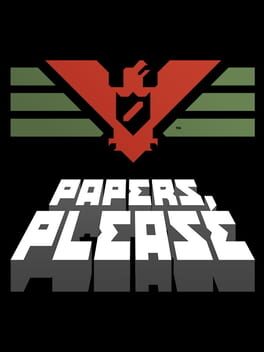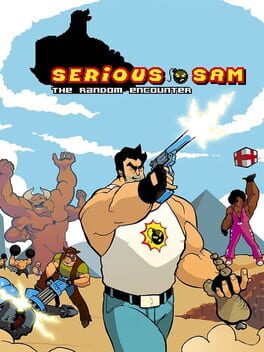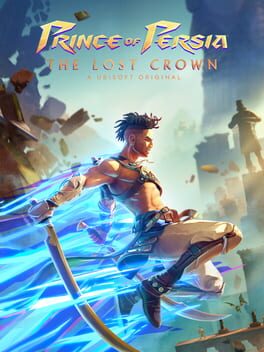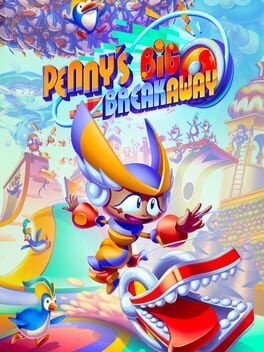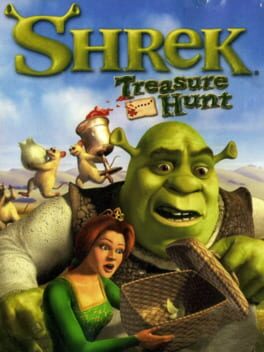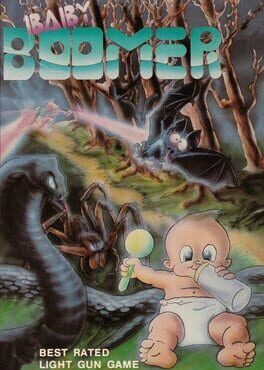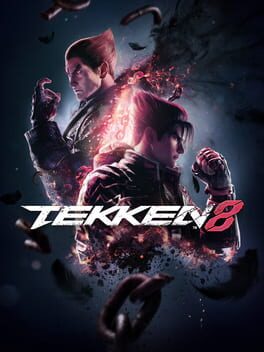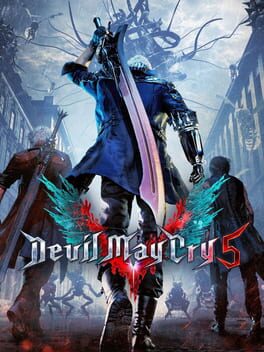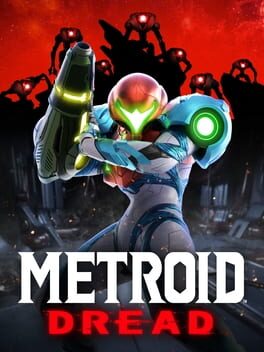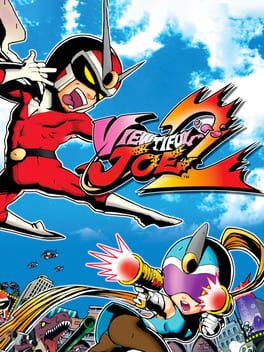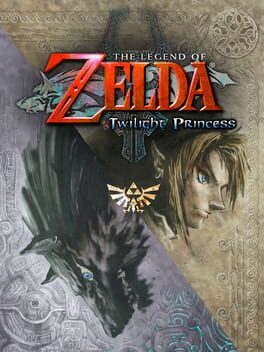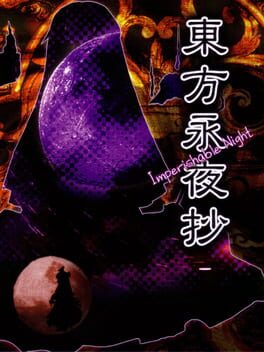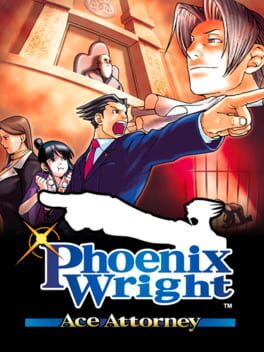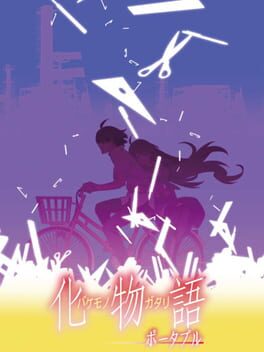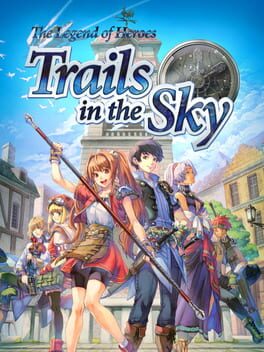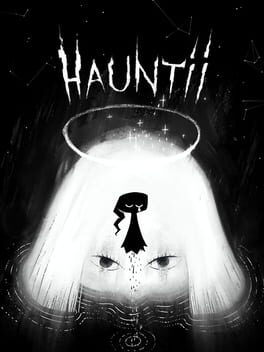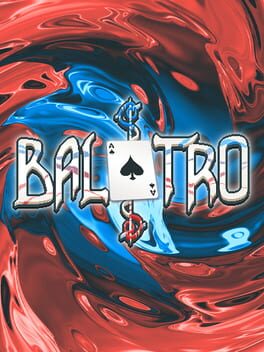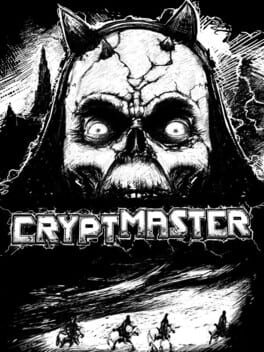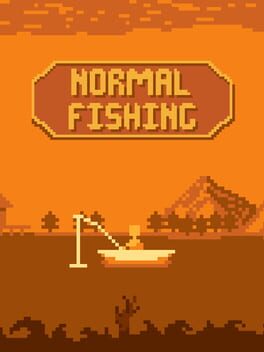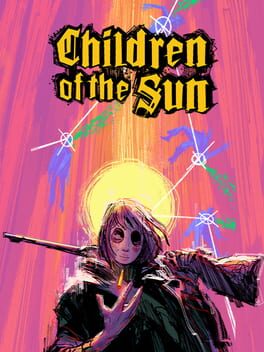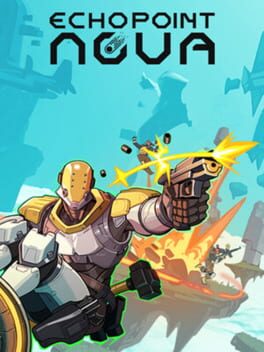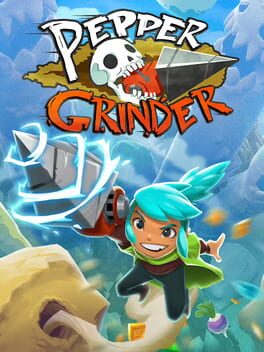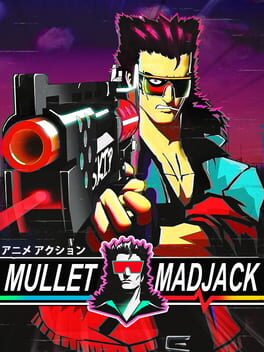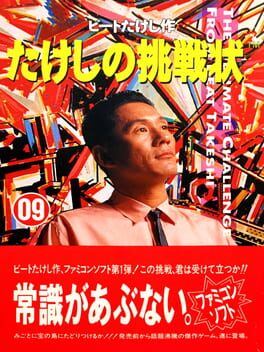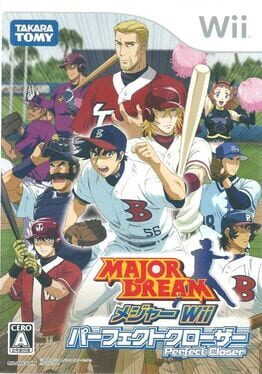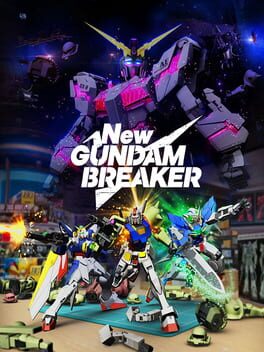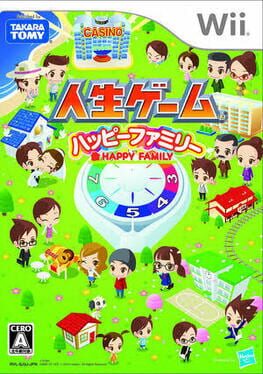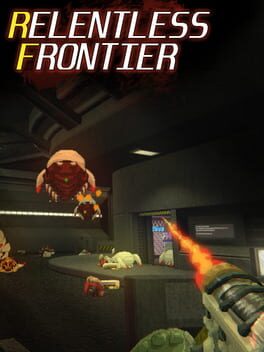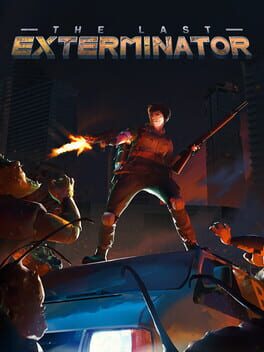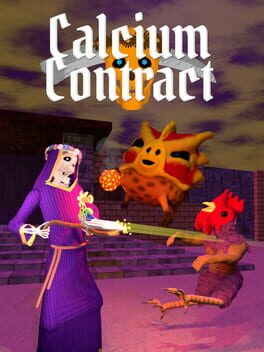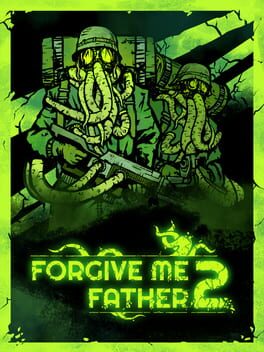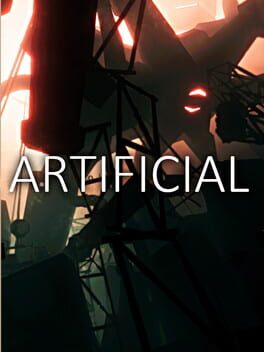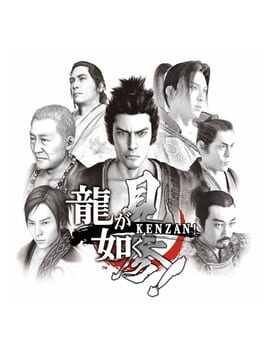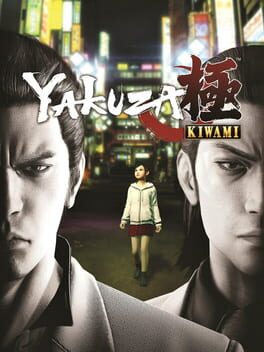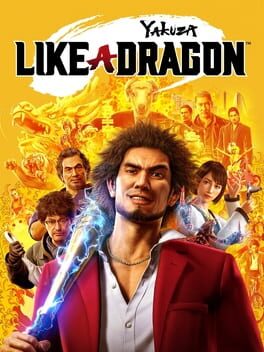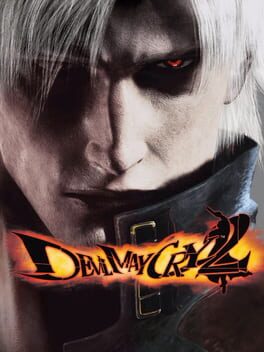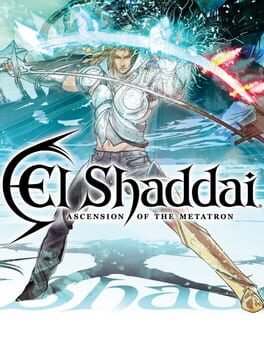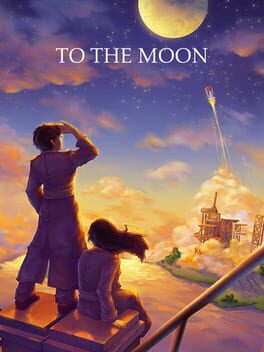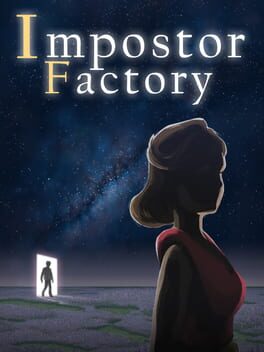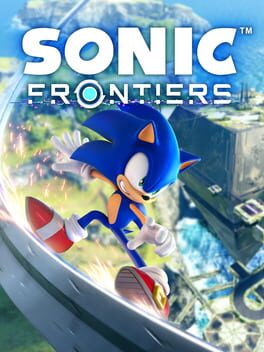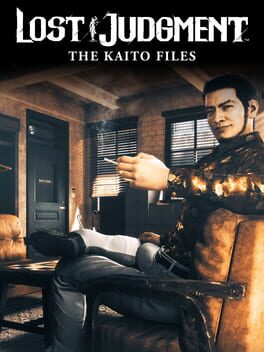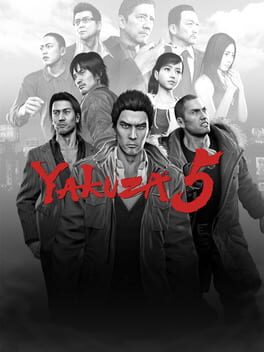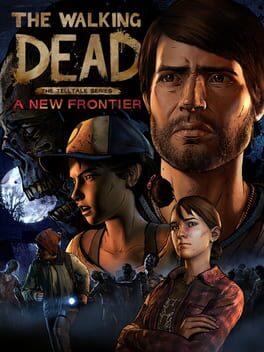Cakewalking
638 reviews liked by Cakewalking
Serious Sam II
2005
Papers, Please
2013
One of the seminal entries in the "games Brian Griffin would make" genre, except the surrounding game is decent.
Papers, Please was a game that I really enjoyed when it came out, and I think the overall gameplay loop and presentation carry the game in a way that similar disasters like Not For Broadcast can't. Unlike that game, I really enjoyed most of the cast and following their ongoing stories.
The thing that brings those stories down is that the narrative is tied to a very confused and outright reactionary view of the eastern bloc. It's to be expected, I don't think Lucas Pope mentally has left the suburbs of Virginia since his birth, but the Red Dawn tier depiction of a vaguely leftwing, vaguely slavic rogue state that willingly deprives its citizens of basic needs based on the market is a disingenuous and purposeful political statement. It's also one that's very hard to believe once you have a basic understanding of the history of these regions, and going back to the game even four years after its launch, this stood out to me.
It's also just hard to find the despotic nature of the setting that gripping compared to the immigration system of the United States, which is significantly darker and more cruel than anything depicted in this game. We have the secret police, we have the "work or die" economic system, we even go a step further and have outright concentration camps. These weren't recent developments within the writer's lifetime either. He was around for the formation of ICE! There's a version of this game, if you absolutely have to set it in the "evil gommunism" of the vague east, that cuts so much deeper than this game comes close to approaching.
It really fucking sucks, because if this game wasn't such a cowardly and confused mess of a setting, it would make the individual stories of the regulars you meet at your desk job so much more engaging.
Papers, Please was a game that I really enjoyed when it came out, and I think the overall gameplay loop and presentation carry the game in a way that similar disasters like Not For Broadcast can't. Unlike that game, I really enjoyed most of the cast and following their ongoing stories.
The thing that brings those stories down is that the narrative is tied to a very confused and outright reactionary view of the eastern bloc. It's to be expected, I don't think Lucas Pope mentally has left the suburbs of Virginia since his birth, but the Red Dawn tier depiction of a vaguely leftwing, vaguely slavic rogue state that willingly deprives its citizens of basic needs based on the market is a disingenuous and purposeful political statement. It's also one that's very hard to believe once you have a basic understanding of the history of these regions, and going back to the game even four years after its launch, this stood out to me.
It's also just hard to find the despotic nature of the setting that gripping compared to the immigration system of the United States, which is significantly darker and more cruel than anything depicted in this game. We have the secret police, we have the "work or die" economic system, we even go a step further and have outright concentration camps. These weren't recent developments within the writer's lifetime either. He was around for the formation of ICE! There's a version of this game, if you absolutely have to set it in the "evil gommunism" of the vague east, that cuts so much deeper than this game comes close to approaching.
It really fucking sucks, because if this game wasn't such a cowardly and confused mess of a setting, it would make the individual stories of the regulars you meet at your desk job so much more engaging.
World of Warcraft
2004
Genuinely the best feeling 3D platformer I've played innnnnn gotta be at least 5 years. It's, just, pouring out the seams with charm and earnest love, to the point where the polish feels homemade with its partly-crusty lining. Sometimes for woe though, of course, like when the geometry can ~occasionally~ disagree with your particular momentum and existence. Otherwise it feels as clean as it should be!
It has the makings of doing the Super Mario Odyssey flowchart of hat-tricking, but with detours and digressions from that linear track, encouraged both for score and conserving momentum. Sonic but not-quite-Sonic sprinklings on top, and that all flows together phenomenally. What's altogether more stunning though is it's the only work of its ilk that bothers to really have "level design." There's real guidance through its stages in a way that lets you go absolutely hogwild with its toolkit without ever being 'too open' or 'too constrained.' You can reasonably skip as much as you'd like to by mastering the speed of yo-yo tricks well enough, but there's always some things you Need to do. It's so super encouraging of going for the One-Combo 100% run through its stages, to the point where I actually went and did a few. I can't say a game like this has done that to me! It helps that the music is so bouncy and blissful, and stages never outstay their welcome to where the prospect of "you need to do this entire stage again" is a "absolutely hun let's do even better this time".
My only ~real~ issue is that the swinging and twirling, sadly, lacks enough bite, at least for me. I don't think there's a single stage or moment where the game challenged me, and this is AFTER doing every bonus stage. Sure I can do the one-combos and those can be difficult but with all the skips it's only really as hard as I let it be? Even though it's not uncharacteristic for such a clearly soft platformer, I find myself so unsatisfied with the lengths the game really went to, especially when the final boss was more of a wet fart than a real demonstration of the game's skills, or like, your performance as an artist!!! Give it an encore! A real spicy star road!
It has the makings of doing the Super Mario Odyssey flowchart of hat-tricking, but with detours and digressions from that linear track, encouraged both for score and conserving momentum. Sonic but not-quite-Sonic sprinklings on top, and that all flows together phenomenally. What's altogether more stunning though is it's the only work of its ilk that bothers to really have "level design." There's real guidance through its stages in a way that lets you go absolutely hogwild with its toolkit without ever being 'too open' or 'too constrained.' You can reasonably skip as much as you'd like to by mastering the speed of yo-yo tricks well enough, but there's always some things you Need to do. It's so super encouraging of going for the One-Combo 100% run through its stages, to the point where I actually went and did a few. I can't say a game like this has done that to me! It helps that the music is so bouncy and blissful, and stages never outstay their welcome to where the prospect of "you need to do this entire stage again" is a "absolutely hun let's do even better this time".
My only ~real~ issue is that the swinging and twirling, sadly, lacks enough bite, at least for me. I don't think there's a single stage or moment where the game challenged me, and this is AFTER doing every bonus stage. Sure I can do the one-combos and those can be difficult but with all the skips it's only really as hard as I let it be? Even though it's not uncharacteristic for such a clearly soft platformer, I find myself so unsatisfied with the lengths the game really went to, especially when the final boss was more of a wet fart than a real demonstration of the game's skills, or like, your performance as an artist!!! Give it an encore! A real spicy star road!
Shrek Treasure Hunt
2002
Baby Boomer
1989
42 lists liked by Cakewalking
by letshugbro |
8 Games
by KingGarb |
7 Games
by bad_news |
32 Games
by 6PMinHell |
36 Games
by Dalaamclouds |
50 Games
by Retro |
15 Games

